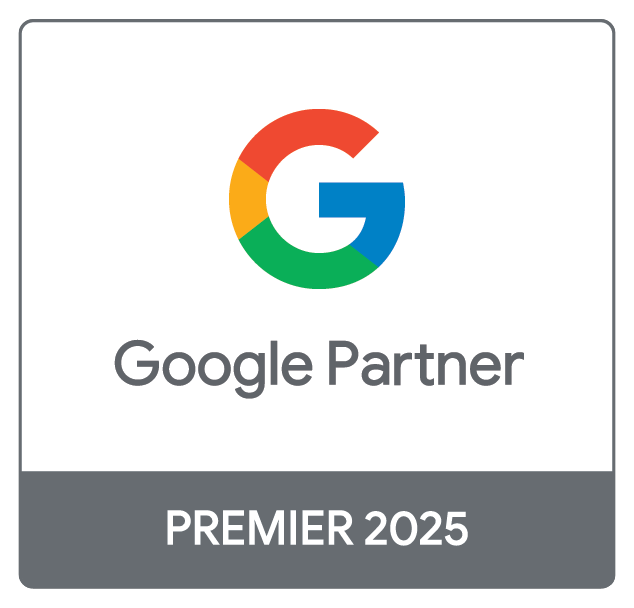User consent is the hot topic right now, 2024 is very much a privacy first year. In late November 2023, Google updated their consent mode to v2 (a framework designed to integrate website visitor consent preferences with Google's advertising and analytics tools).
As of March 6th this year, if you are wanting to use audience data for remarketing or other Google advertising services in the UK and in the EU, implementing consent mode is now required.
What is Google Consent Mode?
Consent Mode allows you to send consent signals between the cookie banner and Google. To do this you need to be using a Cookie Management Platform (CMP) and there are many that Google has partnered with.
What signals are passed?
Google introduced two additional parameters at the end of November 2023:
-
ad_user_data for advertising data consent
-
ad_personalization for personalised advertising consent
The Ad_user_data parameter sets consent for passing user data to Google for advertising.
The Ad_personalization parameter allows consent for personal advertising used for Remarketing.
So what does all this mean?
First of all, we need to understand that when consent is denied, Google can no longer use cookies to track the user. Instead it’ll use cookieless pings. These pings are sent from each page the user visits, meaning it is just functional information such as timestamp and referrer; aggregate, non-identifying information that is logged. By sending cookieless pings, this allows Google Ads and Google Analytics 4 to model data to try and fill in the gap left from users who opt-out of tracking cookies..
What do I need to do?
Adopting Google Consent Mode v2 and integrating it with a consent management platform is crucial for compliance and for maintaining the effectiveness of digital advertising strategies. By doing so, advertisers and publishers can ensure that they respect user privacy, comply with legal requirements and minimise the impact on ad performance.
There are 2 types of consent, Basic and Advanced:
Basic consent mode
This mode means no data is tracked prior to consent being granted and if denied, the tag will not fire thereafter. This was the first version of Google Consent - it was either be tracked or don't be tracked.
Advanced Consent Mode
Since November 2023, when Google released the v2 update, this allows you to fire tags when the user first engages with the site. The tags load the consent mode API by default. If granted, full tracking will be sent. Alternatively, should consent be denied, this will then send cookless pings.
Is Consent Mode v2 really that important?
From March 2024, the implementation of Consent Mode v2 became mandatory for all sites within the UK and EU that use Google services to track user behaviours. This change outlines the importance of obtaining and managing user consent more effectively. Not adopting this could severely impact the effectiveness of your advertising strategies, as GA4 and Google Ads might not capture any data without it.
